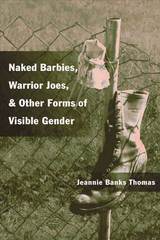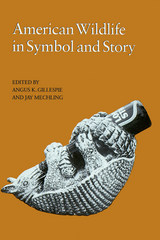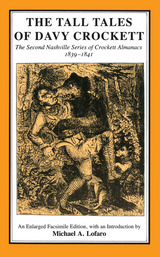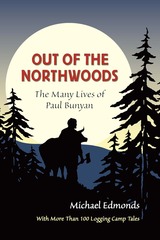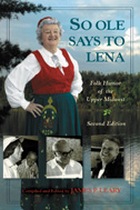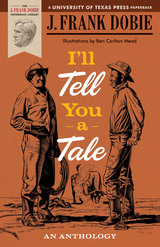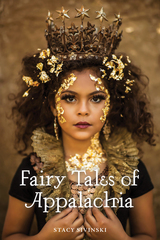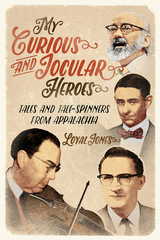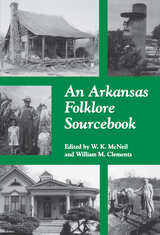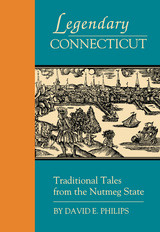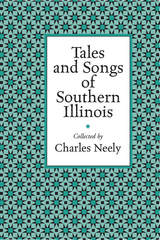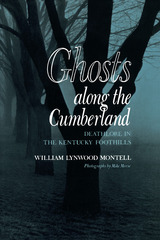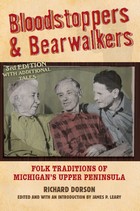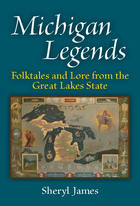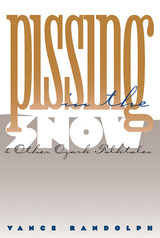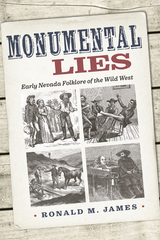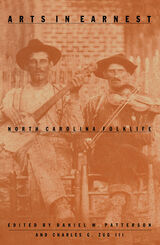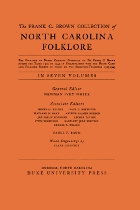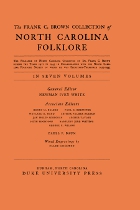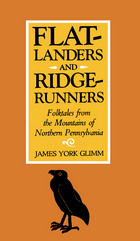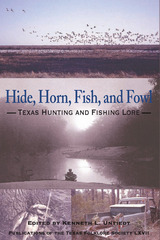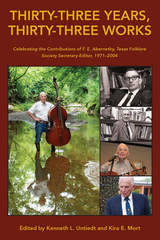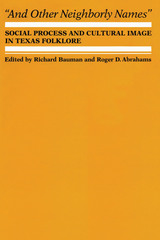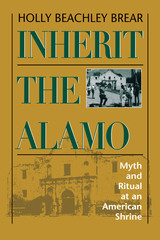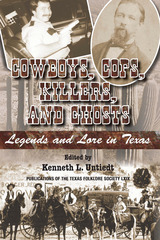Bloodstoppers and Bearwalkers: Folk Traditions of Michigan’s Upper Peninsula
University of Wisconsin Press, 2008
Paper: 978-0-299-22714-2
Library of Congress Classification GR110.M6D67 2008
See other books on: Bearwalkers | Dorson, Richard M. | Leary, James P. | Michigan's Upper Peninsula | Upper Peninsula
See other titles from University of Wisconsin Press
Paper: 978-0-299-22714-2
Library of Congress Classification GR110.M6D67 2008
ABOUT THIS BOOK | AUTHOR BIOGRAPHY | REVIEWS | TOC | EXCERPT | REQUEST ACCESSIBLE FILE
ABOUT THIS BOOK
Remote and rugged, Michigan’s Upper Peninsula (fondly known as “the U.P.”) has been home to a rich variety of indigenous peoples and Old World immigrants—a heritage deeply embedded in today’s “Yooper” culture. Ojibwes, French Canadians, Finns, Cornish, Poles, Italians, Slovenians, and others have all lived here, attracted to the area by its timber, mineral ore, and fishing grounds. Mixing local happenings with supernatural tales and creatively adapting traditional stories to suit changing audiences, the diverse inhabitants of the U.P. have created a wealth of lore populated with tricksters, outlaws, cunning trappers and poachers, eccentric bosses of the mines and lumber camps, “bloodstoppers” gifted with the lifesaving power to stop the flow of blood, “bearwalkers” able to assume the shape of bears, and more.
For folklorist Richard M. Dorson, who ventured into the region in the late 1940s, the U.P. was a living laboratory, a storyteller’s paradise. Bloodstoppers and Bearwalkers, based on his extensive fieldwork in the area, is his richest and most enduring work. This new edition, with a critical introduction and an appendix of additional tales selected by James P. Leary, restores and expands Dorson’s classic contribution to American folklore. Engaging and well informed, the book presents and ponders the folk narratives of the region’s loggers, miners, lake sailors, trappers, and townsfolk. Unfolding the variously peculiar and raucous tales of the U.P., Bloodstoppers and Bearwalkers reveals a vital component of Upper Midwest culture and a fascinating cross-section of American society.
See other books on: Bearwalkers | Dorson, Richard M. | Leary, James P. | Michigan's Upper Peninsula | Upper Peninsula
See other titles from University of Wisconsin Press

